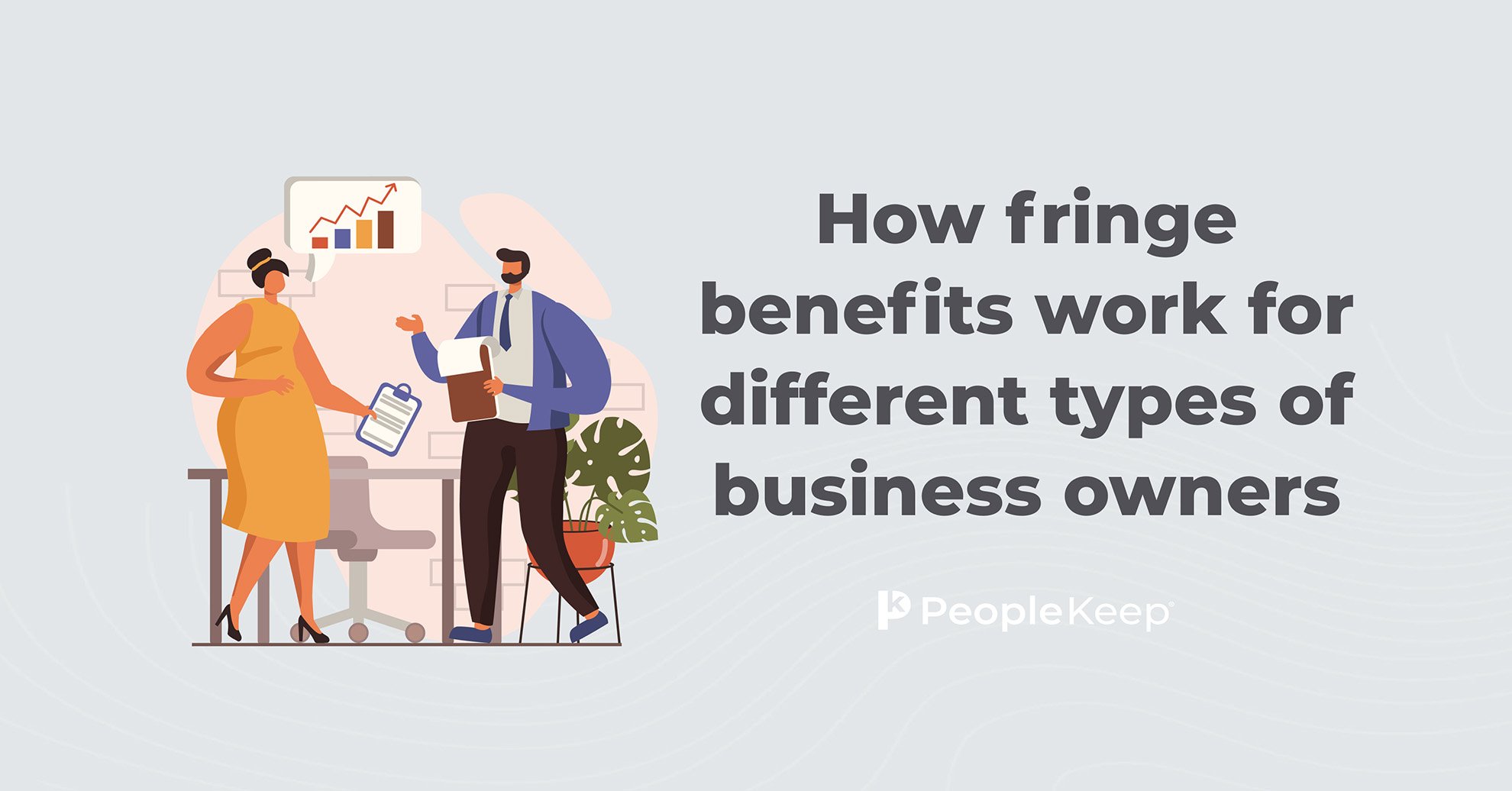Tax-Free Fringe Benefits: The Key to Employee Retention
By Larry L. Bertsch, CPA on April 25, 2017 at 11:45 AM
Note: This is a guest post from our friends at Larry L. Bertsch, CPA & Associates, a Las Vegas–area firm operating since 2003.
Fringe benefits are a payment for employees in a form other than direct wages or salaries that often assist in employee retention. Usually, these are in exchange for performance or for retaining employment within the company.
While many benefits are tax-free, some are not, as the IRS has placed strict limits on the qualifying threshold. Understanding these limits is a crucial aspect of tax preparation.
What Is a Tax-Free Fringe Benefit, and What Qualifies as One?
Common benefits include: health insurance, accident insurance, health savings accounts (HSAs), education assistance, employee stock options, life insurance, commuter benefits, employee discounts, and moving expenses, among others.
Qualifying Conditions
As mentioned above, the financial value of a benefit is the key distinction between tax-free and taxable, as the IRS sets strict limits on what can be considered fair compensation. For example, education assistance (which includes payments for textbooks, tuition, and other educational expenses) up to $5,250 is considered tax-free, with everything over that being taxed at the appropriate marginal rate.
At most organizations, fringe benefits are staggered depending on the length of employment. Commonly, employees do not qualify for benefits until they have completed 60 days of employment. Rarely, companies will allow employees to immediately access health insurance.
How Do Fringe Benefits Help Retain Employees?
Rather than offering a higher salary compared to a rival employer, companies can effectively compete for quality employees by expanding their fringe benefits, as past a certain wage, employees are more likely to weigh benefits packages in their decision.
While a higher annual salary might be appealing on paper, employees may be better compensated with a lower annual salary but a better benefits package. Particularly in markets where salary offers are comparable between firms, employees will pick and stay with the firm that offers the best fringe benefits package.
Fringe benefits also help with employee retention by inspiring loyalty within the workforce. Staggering benefits based on performance or length of employment gives employees goals to work toward. This is especially true when the benefits are high quality and are difficult to obtain at other companies.
The right mix of fringe benefits can generate significant loyalty, so employers must consider the priorities of the kind of workforce it wishes to attract. Even when fringe benefits packages are identical, employers can differentiate them by offering these fringe benefits at greater values or at a lower value to employees (e.g., having a low fee for a quality health plan).
Maximizing the perceived value of a fringe benefits plan is key, as the higher the perceived value, the more motivated employees are. According to a 2006 study published in Labor Economics, fringe benefits have a strong negative impact on excess worker turnover rate in excess of their monetary value.
This means that fringe benefits have a higher employee retention power than an equivalent increase in wages. Employers benefit as well with investments in health and wellness benefits, as the Harvard School of Public Health concluded that for every $1 spent on employee health, companies see a $3.27 reduction in health costs.
Download our employee retention eBook to learn how to keep your most valued employees without breaking your budget.
About the Author
Mr. Bertsch has been a CPA since 1964 practicing in both the private and public fields. In the private sector he was a Chief Financial Officer for major casinos from 1983 through 1991.
Since 1991 he has been engaged in tax preparation and planning, accounting, bookkeeping, litigation support, bankruptcy trustee services, receiverships, forensic accounting, business evaluations, and was appointed by the Department of Justice as a panel Trustee for Bankruptcies in 1991.
He has also taught school at Rutgers, UNR, and UNLV. As well as being the Managing Partner, Mr. Bertsch has served as the Vice Chairman of the Board of Governors for the Shriners Hospital for Children in Los Angeles, CA.
Check out more resources
See these related articles

How fringe benefits work for different types of business owners
While fringe benefits are primarily designed for your employees, there are cases where business owners can participate. Here's how.

Guide to tax withholdings for stipends and fringe benefits
Learn if stipends are taxable and how tax withholdings work for fringe benefits. This guide covers key rules to help employers stay compliant.

How your employee benefits package can foster inclusivity
Discover how an inclusive benefits package can foster workplace inclusivity. Learn which benefits support diversity and meet employee needs.


